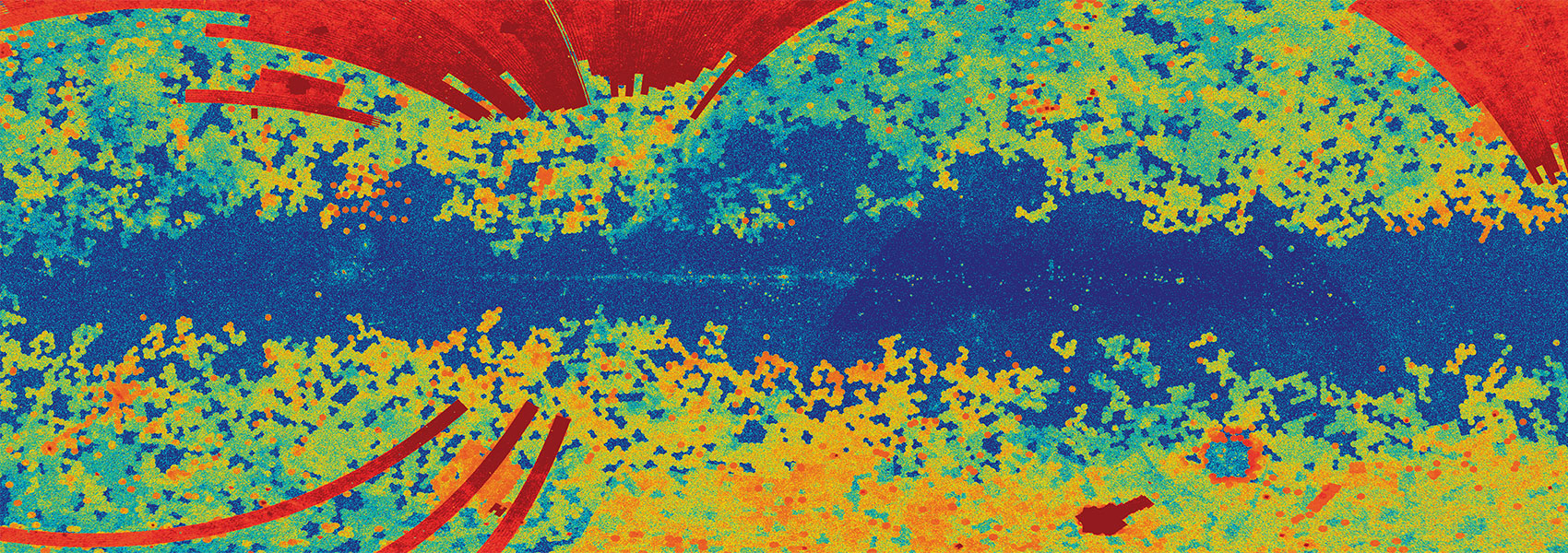February
2025
•
2025ApJ...979..240O
Authors
•
O'Sullivan, Ewan
•
Appleton, P. N.
•
Joshi, B. A.
•
Lanz, Lauranne
•
Alatalo, Katherine
•
Vrtilek, Jan M.
•
Zezas, Andreas
•
David, Laurence P.
Abstract
•
We present Chandra and XMM-Newton X-ray observations of the compact group HCG 57, and optical integral field spectroscopy of the interacting galaxy pair HCG 57A/D. These two spiral galaxies recently suffered an off-axis collision with HCG 57D passing through the disk of A. We find evidence of a gas bridge linking the galaxies, containing ∼108M⊙ of hot, ∼1 keV thermal plasma and warm ionized gas radiating in Hα, Hβ, [O III] and [N II] lines. The optical emission lines in the central regions of HCG 57D show excitation properties consistent with H II-regions, while the outer rim of HCG 57D parts of the bridge and the outer regions of HCG 57A show evidence of shocked gas consistent with shock velocities of 200–300 km s‑1. In contrast, the X-ray emitting gas requires a collision velocity of 650–750 km s‑1 to explain the observed temperatures. These different shock velocities can be reconciled by considering the contributions of rotation to collision velocity in different parts of the disks, and the clumpy nature of the preshock medium in the galaxies, which likely lead to different shock velocities in different components of the turbulent postshocked gas. We examine the diffuse X-ray emission in the group members and their associated point sources, identifying X-ray active galactic nuclei in HCG 57A, B, and D. We also confirm the previously reported ∼1 keV intra-group medium and find it to be relaxed with a low central entropy (18.0 ± 1.7 keV cm2 within 20 kpc) but a long cooling time (5.9 ± 0.8 Gyr).
Links




